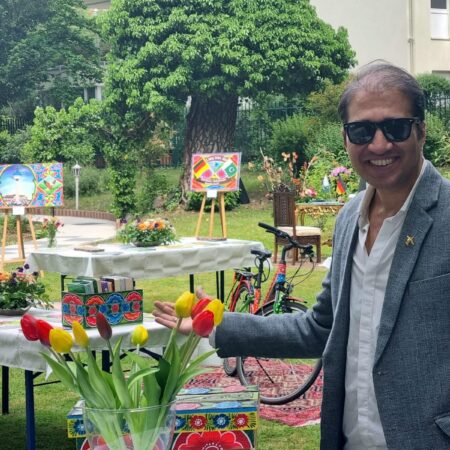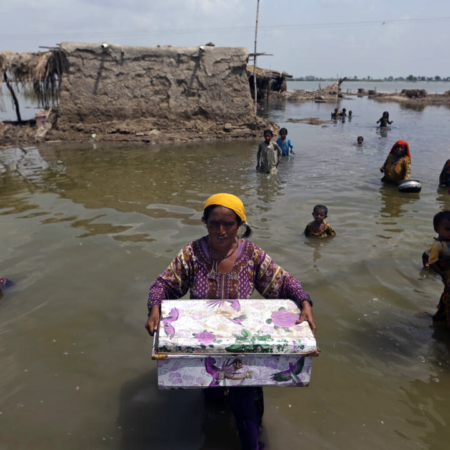Following the passing of former Prime Minister Manmohan Singh, who was instrumental in the early 1990s economic liberalization of the nation, India declared seven days of state mourning on Friday.

Singh, who served from 2004 to 2014, passed away late Thursday night at the age of 92 in a New Delhi hospital. Additionally, a state funeral will be given to him.
“It has been decided that seven days of state mourning will be observed throughout India as a mark of respect for the departed dignitary,” the Indian government said in a statement on Friday. The mourning period will last until January 1.
The national flag was flown at half-mast on government buildings throughout the nation when it was announced that the late Dr. Manmohan Singh would receive a state funeral.
In observance of Singh, the Indian cricket team, which is playing the hosts, Australia, in the fourth Test, took to the field in Melbourne on Friday wearing black armbands.
Although a top member of the Congress party stated that the state funeral will take place on Saturday, the formal date was not immediately confirmed.
While newspapers celebrated his achievements, Prime Minister Narendra Modi stated that India “mourns the loss of one of its most distinguished leaders.”
The front page of The Times of India said, “Man who liberated India’s dreams.“
The headline of The Indian Express read, “He opened India to the world.”
Technocrat with a low profile
During his first term, the former premier, a quiet technocrat, was praised for managing a boom in the fourth-largest economy in Asia.
However, a slew of significant corruption scandals, sluggish economy, and high inflation marked the conclusion of Singh’s second term.
Modi won his first landslide victory in 2014 as a result of Singh’s unpopularity in his second term and the unimpressive leadership of Rahul Gandhi, the current opposition leader in the lower house and a son of Nehru and Gandhi, Jr.
Prior to assuming the country’s highest office, Singh, who was born in 1932 in the mud-house village of Gah in what is now Pakistan, studied economics in an attempt to end poverty in the vast country.
He received scholarships to attend Cambridge, where he earned a first in economics, and Oxford, where he earned his doctorate. Singh held a number of high-level civil service positions, worked as a central bank governor, and held various positions with international organizations like the United Nations.
Then-prime minister of the Congress, PV Narasimha Rao, appointed him in 1991 to help pull India out of the biggest financial crisis in its contemporary history.
In his first term, Singh guided the economy through a nine percent growth phase, giving India the global influence it had long desired.
In order to help India meet its expanding energy needs, he also signed a historic nuclear agreement with the US.












No Comment! Be the first one.